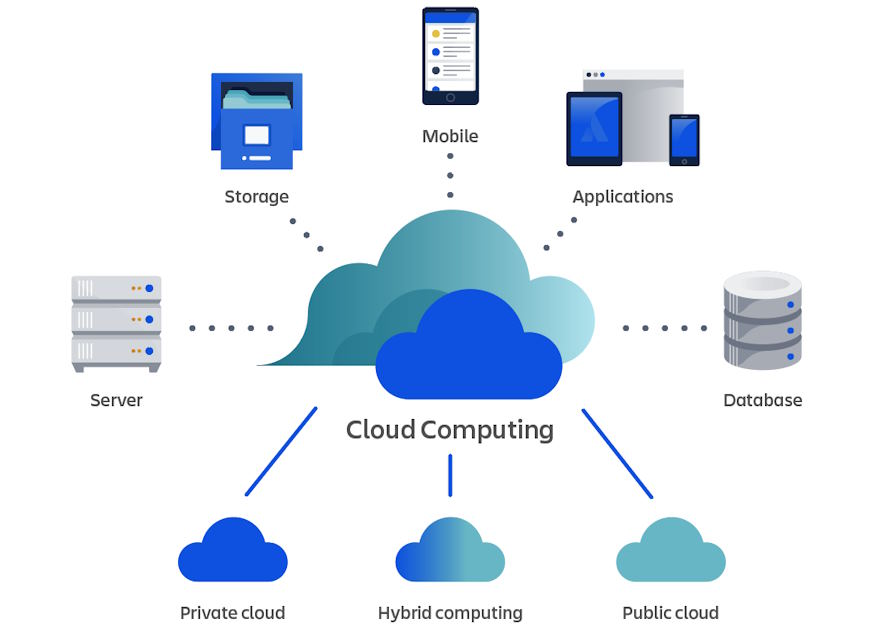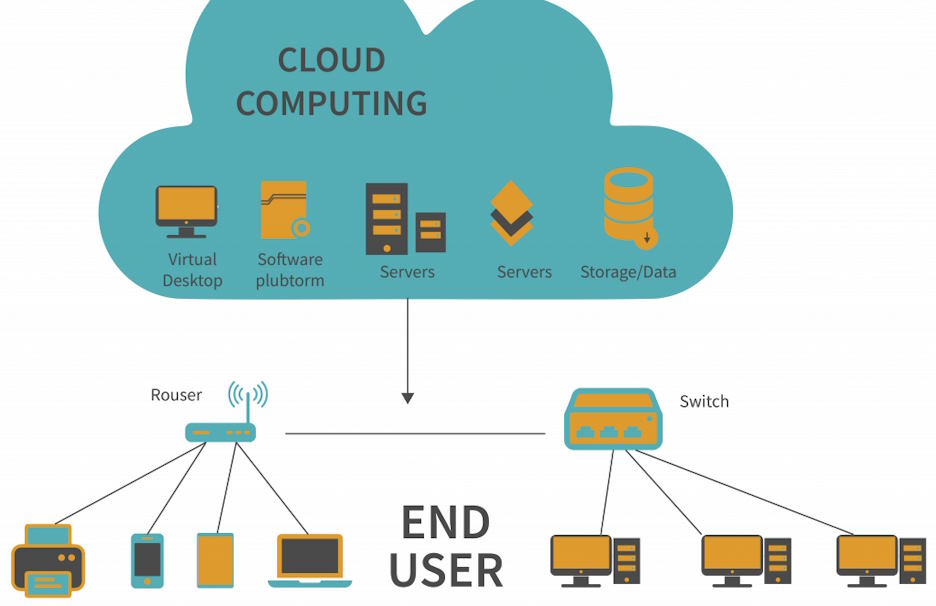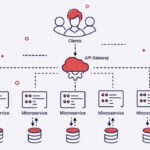The Impact of Cloud Computing on Software Architecture
Cloud computing has radically transformed the landscape of software architecture, offering new dimensions of flexibility, scalability, and efficiency and innovative methods and designs in architecture. Thus, this shift in the technological paradigm affects application development, design, and deployment. In this article, we explore the significant impacts of cloud computing reshapes software architecture.
Scalability and Elasticity
One of the most profound impacts of cloud computing is the ability to scale resources on demand. Traditional software architectures often struggle with scalability, especially during unexpected surges in demand. Cloud computing introduces elasticity, allowing applications to scale resources up or down as needed.
DevOps and Continuous Deployment
Cloud computing has also accelerated the adoption of DevOps practices, fostering a culture of continuous integration and continuous deployment (CI/CD). The cloud provides the infrastructure and tools for automating deployment pipelines, testing, monitoring, and feedback loops. This integration results in faster time-to-market, higher-quality software, and more efficient development and operational processes.

Decentralized Data Management
Traditional architectures often rely on a centralized database, but cloud computing encourages decentralized data management. This approach, facilitated by cloud storage and database services, allows data to be distributed across various locations, improving accessibility, redundancy, and disaster recovery.
Enhanced Security and Compliance
Initially, security was a concern with cloud adoption, but cloud providers have since established robust security measures. Cloud computing often enhances software security through advanced encryption, identity management, and compliance with various regulatory standards. Developers can leverage these built-in security features, shifting some security responsibilities to cloud providers.

Cost-Effective Solutions
The pay-as-you-go pricing model of cloud services has significantly impacted software architecture. It encourages architects to resource optimization in cloud-driven software design cost-effective solutions that optimize resource usage. This model also lowers the barrier to entry for startups and small businesses, providing access to high-end technologies without the need for significant upfront investments.
Global Accessibility and Collaboration
Cloud computing offers unparalleled global accessibility, enabling software architectures that support distributed teams and users worldwide. The balancing on-premises and cloud-based architectures tools and services facilitates collaboration, continuous delivery, and deployment, making it easier to manage and update applications in real-time, regardless of geographical location.
Software architecture has transformed with new paradigms and best practices brought about by cloud computing. The cloud has a widespread impact on everything from allowing DevOps methods and worldwide collaboration to supporting microservices and serverless architectures. As cloud technologies evolve, they will continue to shape and define the future of software architecture, driving innovation and efficiency in software development and deployment.






























